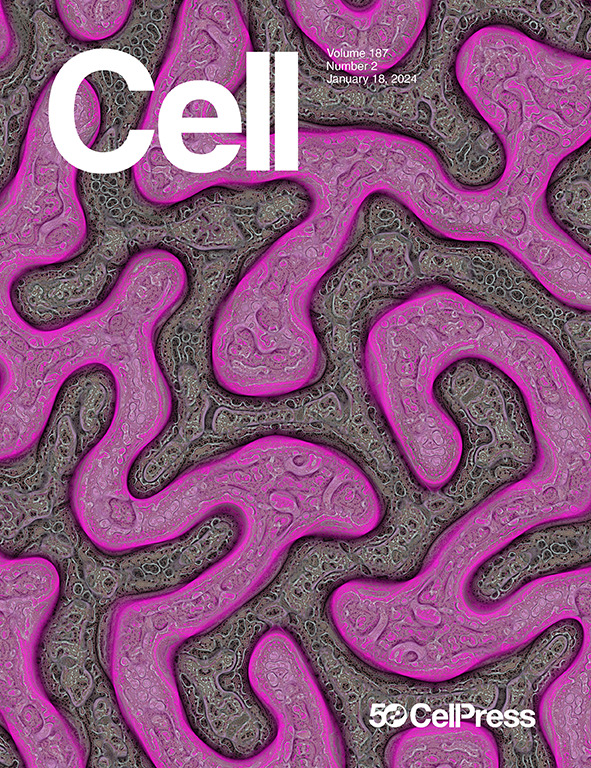Evolution of KoRV-A transcriptional silencing in wild koalas
IF 45.5
1区 生物学
Q1 BIOCHEMISTRY & MOLECULAR BIOLOGY
引用次数: 0
Abstract
Koala retrovirus-A (KoRV-A) is spreading through wild koalas in a north-to-south wave while transducing the germ line, modifying the inherited genome as it transitions to an endogenous retrovirus. Previously, we found that KoRV-A is expressed in the germ line, but unspliced genomic transcripts are processed into sense-strand PIWI-interacting RNAs (piRNAs), which may provide an initial “innate” form of post-transcriptional silencing. Here, we show that this initial post-transcriptional response is prevalent south of the Brisbane River, whereas KoRV-A expression is suppressed, promoters are methylated, and sense and antisense piRNAs are equally abundant in a subpopulation of animals north of the river. These animals share a KoRV-A provirus in the MAP4K4 gene’s 3′ UTR that is spreading through northern koalas and produces hybrid transcripts that are processed into antisense piRNAs, which guide transcriptional silencing. We speculate that this provirus triggers adaptive transcriptional silencing of KoRV-A and is sweeping to fixation.

求助全文
约1分钟内获得全文
求助全文
来源期刊

Cell
生物-生化与分子生物学
CiteScore
110.00
自引率
0.80%
发文量
396
审稿时长
2 months
期刊介绍:
Cells is an international, peer-reviewed, open access journal that focuses on cell biology, molecular biology, and biophysics. It is affiliated with several societies, including the Spanish Society for Biochemistry and Molecular Biology (SEBBM), Nordic Autophagy Society (NAS), Spanish Society of Hematology and Hemotherapy (SEHH), and Society for Regenerative Medicine (Russian Federation) (RPO).
The journal publishes research findings of significant importance in various areas of experimental biology, such as cell biology, molecular biology, neuroscience, immunology, virology, microbiology, cancer, human genetics, systems biology, signaling, and disease mechanisms and therapeutics. The primary criterion for considering papers is whether the results contribute to significant conceptual advances or raise thought-provoking questions and hypotheses related to interesting and important biological inquiries.
In addition to primary research articles presented in four formats, Cells also features review and opinion articles in its "leading edge" section, discussing recent research advancements and topics of interest to its wide readership.
 求助内容:
求助内容: 应助结果提醒方式:
应助结果提醒方式:


